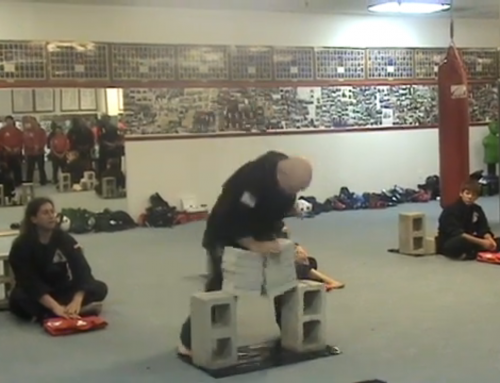Did I ever mention that I wanted to be a procrastinator but I never got around to it? But seriously folks…have you ever saw the need to change something but for some reason you keep putting it off? Maybe it’s your team, you want them to implement a new procedure but either they don’t give it a try or they keep slipping back to the old way. As leaders it’s our job to foster change. It doesn’t have to be a big change…in fact, it usually isn’t.
We can get a heck of a lot done if we focus on small changes that add up. If you change 1% a day you will have changed 100% in only 70-days, 200% in 140-days, and a whopping 400% in 210 days. That’s the power of compounding. Unfortunately, for most people, change isn’t easy.
Most leaders looking to facilitate a change in their team focus on behaviors. However, according to Dr. Donnie Epstein, there are two other elements to change besides behavior, structure and perception. It’s what Dr. Epstein calls the Triad of Change.
On the surface, it makes sense since that leaders focus on behavior. Ultimately it is the behavior we want to change. Let’s look at a real-life example from my past. When I was the VP of Operations at a telecom company in San Diego one of my responsibilities was managing our customer service department. We had a problem where Customer Service Reps would sometimes delete a service call from our system causing a technician to miss the appointment.
We were scheduling our techs manually writing them with a pencil into a 10-person scheduling book. If someone made a change to an appointment they would sometimes accidentally erase the appointment above or below causing the problem. At first, I focused on the behavior by asking everyone to take their time when making changes. This didn’t work. Their perception was they needed to get the customer off the phone quickly so they rushed through the changes.
My next step was to look for another solution. It turned out the software we used to write the service tickets also had a scheduling module. I researched how to use it, developed training on how to use, then we pulled the plug on the scheduling book and made the change. All of that is structure. When the structure changed, so did the behavior. Problem solved, right?
Not so fast. Almost immediately one of my better Customer Service Reps put in for a transfer to the sales department. She didn’t want to use the new system and I couldn’t understand why not. After a few months, I finally got the truth out of her. She thought I expected perfection from day one. I had no such expectation but that was her perception. Her perception was negative, i.e. she had to be perfect, so her behavior changed, she obtained a new position.
My other customer service reps had a different perception. For them, the new system seemed easy. No more getting up and waiting for someone else to be done with the book before they could schedule their customer, no more putting customers on hold while they checked the book. They could do everything right from their desk. In other words, their perception was positive, the structure worked, and their behavior changed by adapting the new workflow/process.
It isn’t always perception that drives change. Change any one of these three elements and the other two will also change. When I decided to run my one and only marathon in 1999 I didn’t see myself as a runner (perception). I joined a marathon training program (structure) and that started me running (behavior). Once I successfully completed my first half-marathon (one of the milestones of training) which was both structure, and behavior, I started to call myself a runner, i.e. my perception changed.
This works if you are looking to change someone else’s patterns, like my customer service reps, or your own. The trick is to work on the two higher energy areas and they will bring along the 3rd.
Reply to this and let me know your own stories of change.










